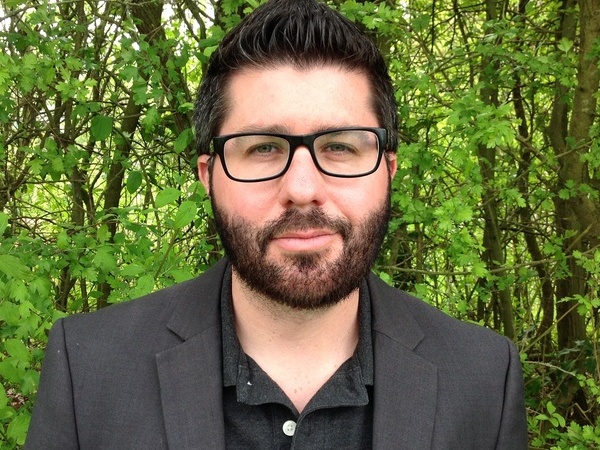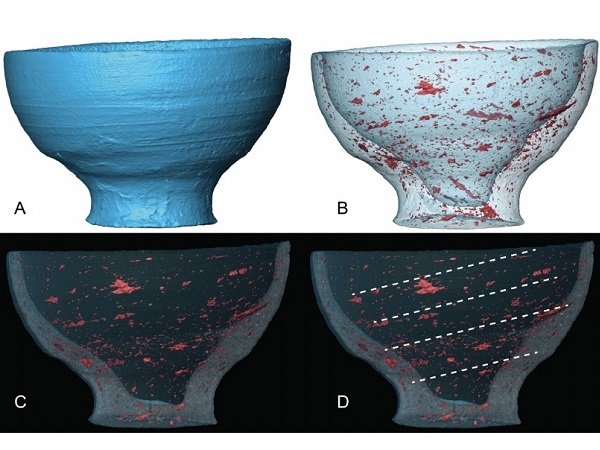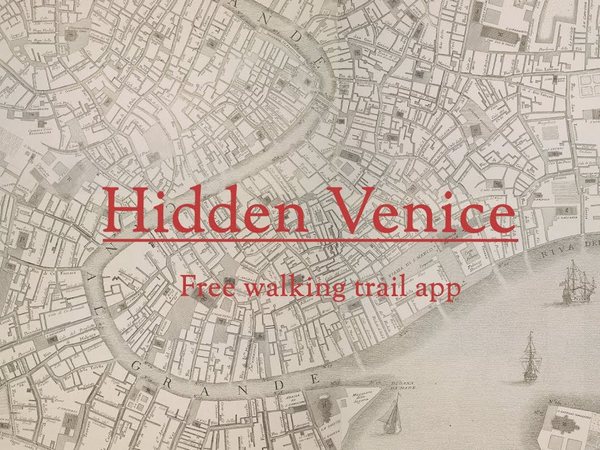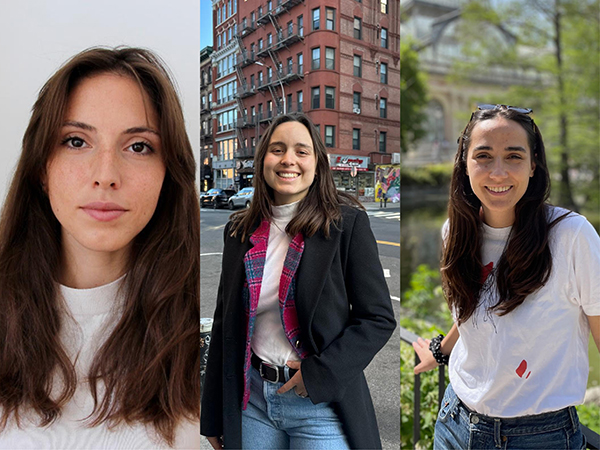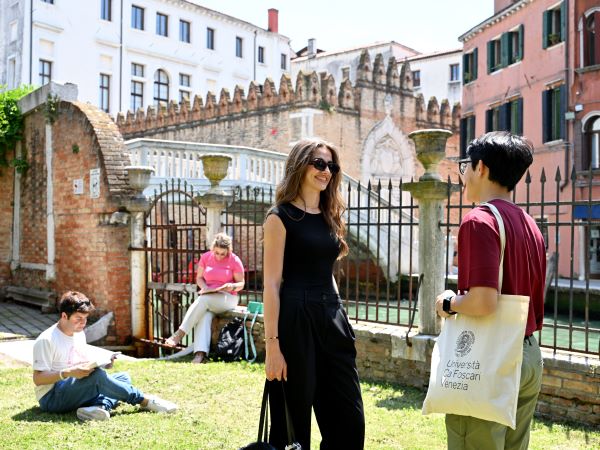Starting from February 1st, a new ERC grant recipient will be joining Ca’ Foscari’s faculty: Joseph E. Sanzo - an American researcher who previously worked at the University of Warwick, UK - will give its precious contribution to the study of both Mediterranean magic and Jewish-Christian relations during late antiquity (III–VII CE) by providing the first sustained, comparative analysis of early Jewish and Christian magical texts and objects (e.g., amulets and incantation bowls).
His 1.300.000 € ERC Starting Grant will also involve an interdisciplinary team of 4 brilliant scholars who will work together for the next five years at the Department of Asian and North African Studies.
His arrival at Ca’ Foscari follows that of professor David Gentilcore, recipient of a prestigious ERC Advanced Grant, who left Leicester last November - a choice that was also partially motivated by Brexit.
Did Brexit influence your decision to move to a different institution?
The decision to change institutions was very difficult to make since I greatly appreciated my colleagues at the University of Warwick. Truthfully, the final decision was mostly based on the appeal of moving my grant to Ca’ Foscari; however, Brexit – especially the possibility of a no-deal Brexit – was a factor. When I was awarded my European Research Council (ERC) grant in the summer, no-deal Brexit was a distinct possibility. I was particularly concerned that my project would no longer be part of the ERC, whose mission and goals I wholeheartedly support. So, I guess, Brexit prompted me to look to universities outside of Britain to host my grant.
Why did you choose Ca’ Foscari?
There were several reasons why I thought Ca’ Foscari would be the ideal choice for my ERC project. For instance, I was thoroughly impressed by the high-quality faculty at Ca’ Foscari, in general, and in the Department of Asian and North African Studies, in particular. I was also impressed by the emphasis Ca’ Foscari has put on attracting ERC Starting Grant and Marie Skłodowska-Curie awardees. In other words, Ca’Foscari is clearly committed to investing in young scholars of the highest caliber. Finally, I was overwhelmed by the kindness, warmth, and generosity the faculty and administrative staff at Ca’ Foscari showed me when I visited for my interview in August, 2019. In short, I found Ca’ Foscari to be exceptional in terms of scholarly excellence, investment in the future, and collegiality.
Could you briefly describe your ERC project?
My project represents the first sustained, comparative study of the textual objects, which early Jewish and Christian ritual specialists or “magicians” (ca. III-VII CE) created to heal people, to protect people from the attacks of demons, or to assist people in harming others. Such artifacts include inscribed amulets, which were worn on the body, and inscribed incantation bowls, which were buried under houses. The texts on these objects were written in various ancient languages and dialects (e.g., Greek, Coptic, Syriac, and Jewish Babylonian Aramaic) and often contain biblical passages, divine names, and drawings (e.g., of demons or Jesus). These objects reveal much about how early Jews and Christians viewed and interacted with one another in their everyday concerns about health, love, business, and menacing spirits. Unfortunately, the Jewish and Christian objects are typically treated separately from one another and, consequently, have not played a major role in the academic study of early Jewish–Christian relations. By bridging the academic study of early Jewish magic, early Christian magic, and early Jewish–Christian studies, my project fills important scholarly gaps.
What do these so-called “magical” objects contribute to the study of early Jewish–Christian relations?
These so-called “magical” objects reveal much about how early Jews and Christians viewed and interacted with one another in their everyday lives. Sometimes the results are unexpected. For instance, we possess a Jewish incantation bowl (written in Aramaic) that includes a reference to the Holy Trinity. Conversely, we possess many early healing Christian amulets (written in Greek and Coptic) that reference originally Jewish names for God, such as Iaô Sabaôth. At the same time, the invocations on a series of Christian amulets and handbooks slander the Jews for killing Jesus. These objects raise several important questions that my project will address: Did Jewish and Christian ritual experts cooperate with one another or share their ritual techniques? How do originally Jewish or Christian names for God change their meaning over time and in different regions? How did healers, exorcists, and other ritual practitioners fit into the broader world of late antiquity, in which Christians and Jews differentiated themselves from one another and even had violent exchanges?
Such objects require us to reassess the accuracy or the interpretation of the Christian literary sources, which complain about believers blurring religious boundaries when they participated in healing rituals. At a more general level, these objects challenge the widely held assumption in ancient history and archaeology that shared or common cultural traditions are necessarily indicative of friendly inter-cultural relations or the blurring of cultural/religious boundaries.
Research and study are enriched through interaction with other countries and other educational systems. The exchange of students and faculty is thus a necessary feature. What do you think of the fact that, due to Brexit, the Erasmus program will probably end?
As an American, who has held academic positions in Israel, Germany, the UK, and now Italy, I can personally vouch for the significant intellectual exchanges that come along with the free-flow of people across national borders. Programs, such as Erasmus, epitomize that exchange. I am thus greatly troubled by the possibility that Brexit could have a devastating or even fatal effect on this important program.





